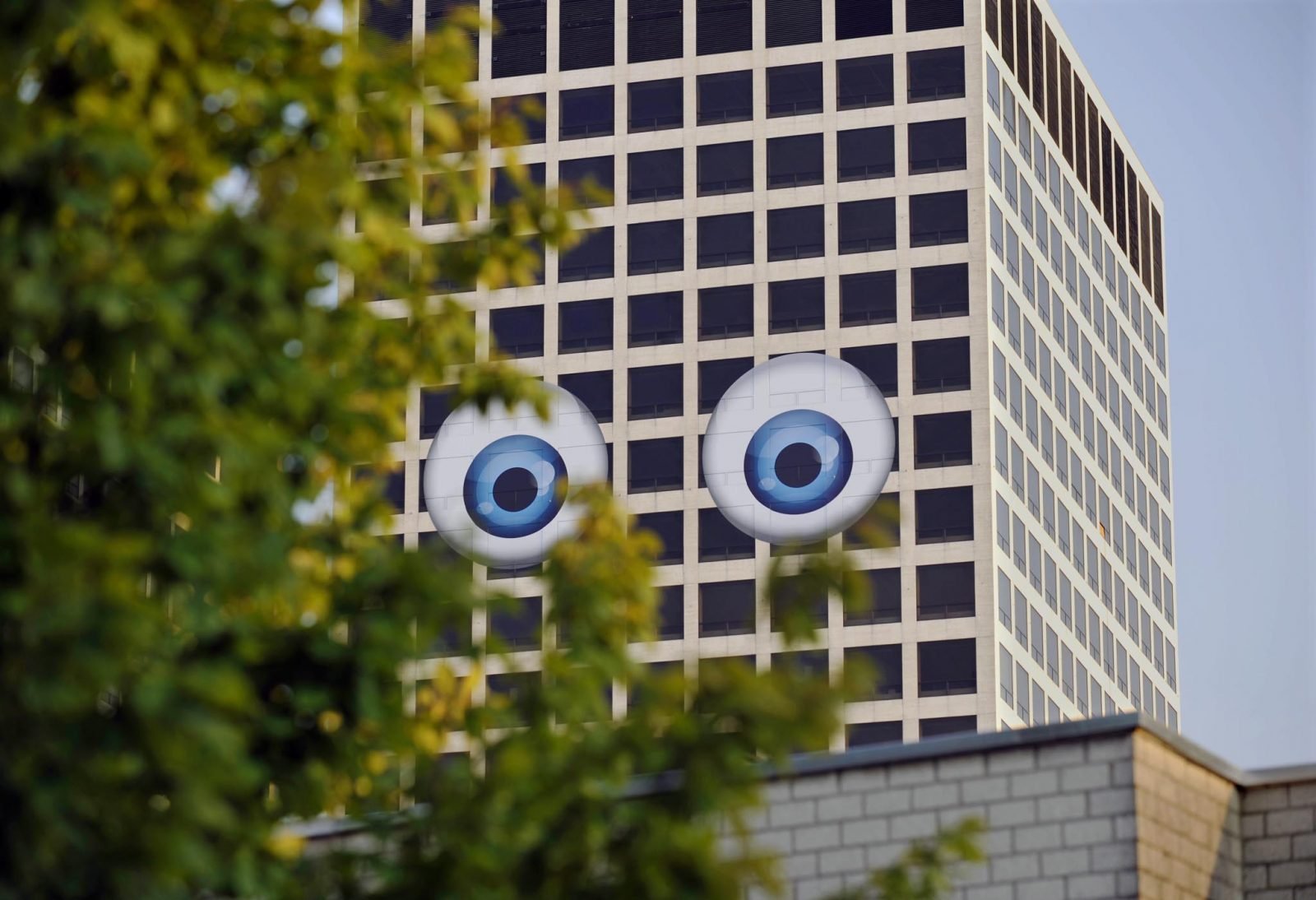The Nomadic Legacy Of Rio
The lead up to Rio’s Olympics has been everything but a smooth ride, plagued by political unrest, budget overruns and health concerns. Now the massive event has come to an end, the Brazilian city is keen to make sure the legacy of the games will be splendid.
The Olympics are notorious for being an incredibly expensive project for cities, especially considering the event only lasts for 2 weeks. The Rio Games have supposedly a 12 billion dollar budget, even possibly rising to $25 billion in the coming years. One of the major selling points of the Brazilian city’s bid for hosting was the fact that many of the 34 venues already existed and had been used for the 2007 Pan American Games and the 2014 FIFA World Cup. In the end, Rio ended up building 11 new sports facilities and the city is devoted to making sure they will be integrated into the city’s existing urban fabric.

The remains of the beach volleyball stadium in Athens
There are many examples of so-called white elephants, referring to the enormous abandoned buildings the Games often leave in their wake. There is the extreme case of Sarajevo’s 1984 Winter Olympics park, that changed into a war cemetery after the War of the 1990s in Yugoslavia. But more recent Games like Athens (2004) or Beijing (2008) have left their host cities with a huge burden. The facilities in Athens were too big and expensive for the economically plagued country of Greece to maintain, leaving them abandoned and detoriating. The famous Bird’s Nest Stadium in Beijing, budgeted at $480 million, is now barely used and many of the Games other facilities have already been demolished. Partly motivated by these failures, the legacy of the Games have become more prominent in the organization, as shown by efforts made in London after 2012, naming it as nine-tenths of what the Olympic Park development process was about — not just 16 days of sport.



The 12,000-seat Future Arena will be dismantled and components used in the construction of four elementary schools
Now, Rio is determined to leave behind a more successful and sustainable legacy and plans to make some of its venues transformable through what Mayor Eduardo Paes calls nomadic architecture. The focus is on temporary, inventive and mostly flexible designs. Venues will be retrofitted to make sure they are best suited to be used after the Games, such as the Whitewater Stadium — the kayaking and canoeing venue that will be turned into a permanent public pool. The best example of being truely nomadic, namely actually able to move to another place, is the Future Arena, the handball venue. This will provide the material to build four 500-student elementary schools in some the city’s most deprived neighborhoods. Moreover, the Olympics Aquatics Stadium will be disassembled and the components will be used to erect two public swimming centers in different parts of the city. The International Broadcast Centre will transform into a high school dormitory. And the Barra Olympic Park, a large peninsula that features nine Olympic venues, will host public parks and private urban development after the Games.

The Olympic Aquatics Stadium will be taken down and re-used in the construction of two new public swimming pools
It’s unclear what exactly will happen to Rio’s venues and legacy when the Games end, especially considering the country’s troubled economic and political climate. But it ís clear that the Games are learning from mistakes made in the past. For more on this, check out The Olympic City, an ongoing documentary photography project by Jon Pack and Gary Hustwit, known for his Urbanized and Helvetica documentaries, that looks at the legacy of the Olympic Games in former host cities around the world.



